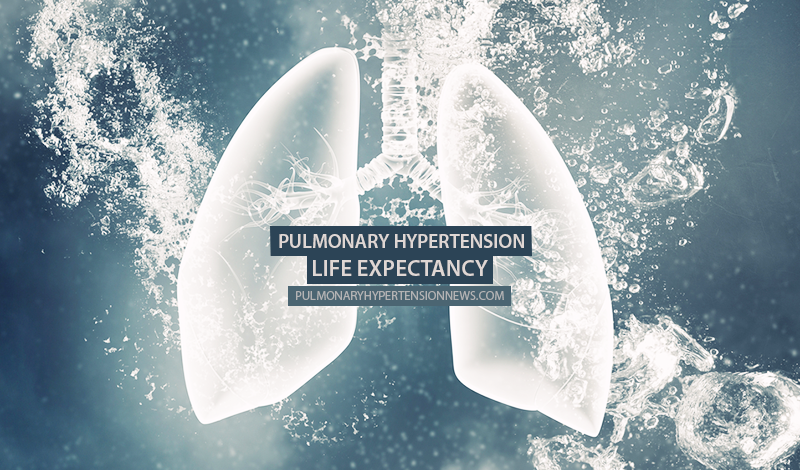Pulmonary Hypertension Life Expectancy

Pulmonary hypertension (PH) is a disease in which small arteries responsible for carrying blood through the lungs become narrow, clogged or stiff. As the flow of blood is hampered, the pressure increases within the arteries, forcing the heart’s lower right chamber, or right ventricle, to work harder to pump blood through the lungs. Over time, this strain on the right ventricle causes the heart’s muscle to weaken and fail.
How is pulmonary hypertension diagnosed? Learn more about it here.
A rare and deadly condition, PH affects people of all ages, races, and ethnicities, but it is more common among young adults and women. Early signs of PH can be shortness of breath, difficulties in completing daily tasks such as climbing stairs, fatigue, and dizziness or fainting spells. Other, or later signs, can include a bluish cast to the lips and skin, chest pain, swelling in the ankles or legs, and heart palpitations. There is currently no cure for pulmonary hypertension. This progressive disease gets worse with time and, if left untreated, patients with PH may die within few years.
What happens after you are diagnosed with pulmonary hypertension? Here’s what you should expect:
Although PH cannot be cured, treatments exist that can delay the disease progression. PH patients face a higher risk of heart failure and diminished overall health, but medication and lifestyle alterations can help improve both life quality and expectancy. Early diagnosis is considered critical for increasing life expectancy among pulmonary hypertension patients.
Find out who is more at risk of developing pulmonary hypertension in this article.
To diagnose PH, physicians usually begin by conducting a complete medical history, physical examination, symptom evaluation, and identification of abnormal heart sounds. They search for an enlarged jugular vein in the neck, seek to find fluid retention in the abdomen, legs or ankles, examine nail beds for bluish tint, and identify any underlying signs or causes of PH. A number of tests will also be conducted, and likely will include blood tests, an echocardiogram, a chest X-ray, an electrocardiogram, and — if deemed necessary — right heart catheterization, which is necessary to both confirm suspected PH and to determine its severity.
Pulmonary Hypertension News is strictly a news and information website about the disease. It does not provide medical advice, diagnosis or treatment. This content is not intended to be a substitute for professional medical advice, diagnosis, or treatment. Always seek the advice of your physician or another qualified health provider with any questions you may have regarding a medical condition. Never disregard professional medical advice or delay in seeking it because of something you have read on this website.







